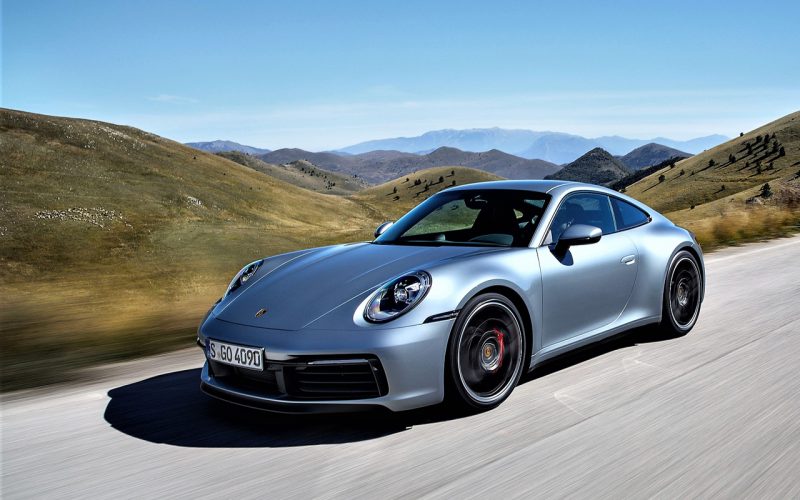
Reading Time: 11 minutesYou’d need to go back a very long way to find a year that Porsche’s 911
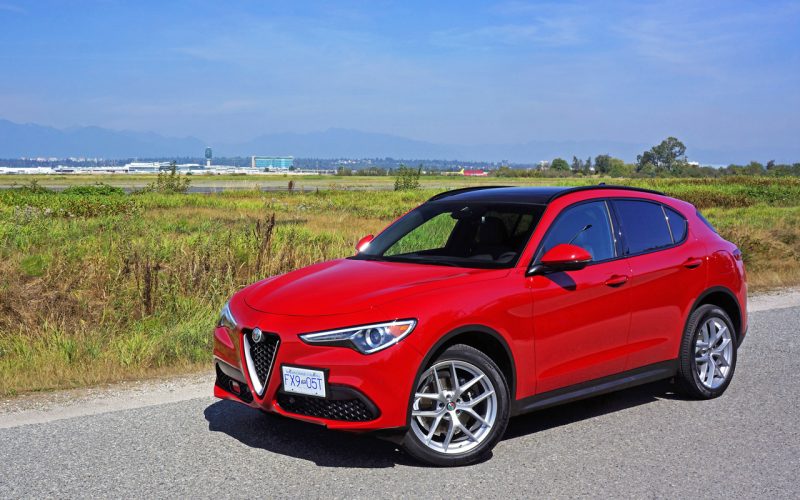
Reading Time: 15 minutesI’ve been an Alfa Romeo fan for as long as I can remember, which made me
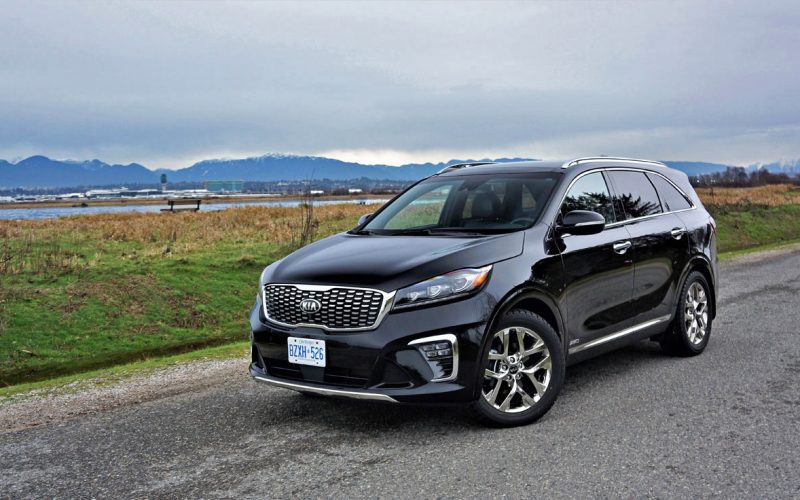
Reading Time: 10 minutesI don’t have the statistics outside of the auto industry to back it up, but I’m
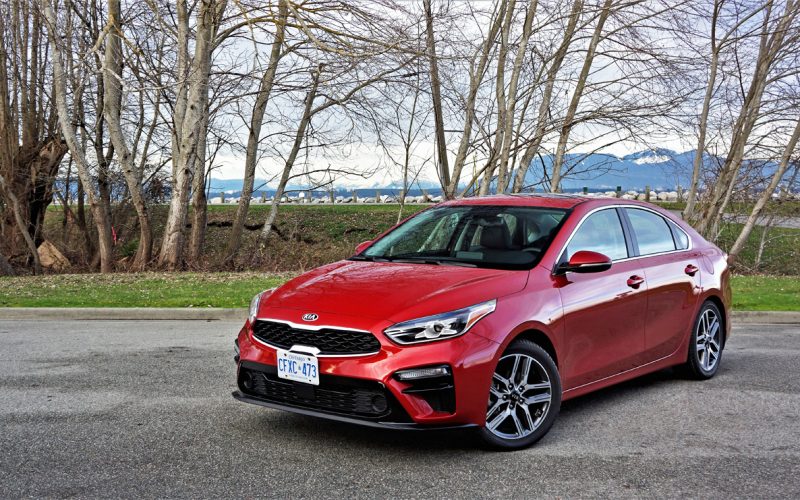
Reading Time: 8 minutesSo much has changed within North America’s small car categories over the past couple of years,
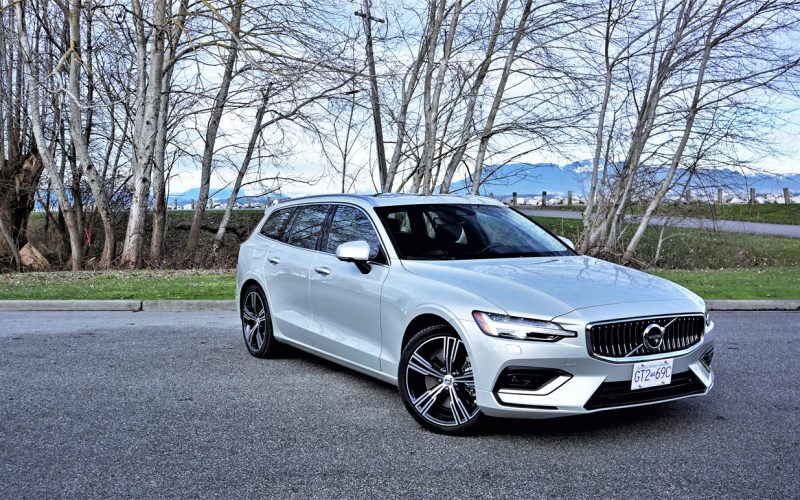
Reading Time: 10 minutesHey wagon lovers! Take a look in our garage this week. This is the entirely new-from-the-ground-up
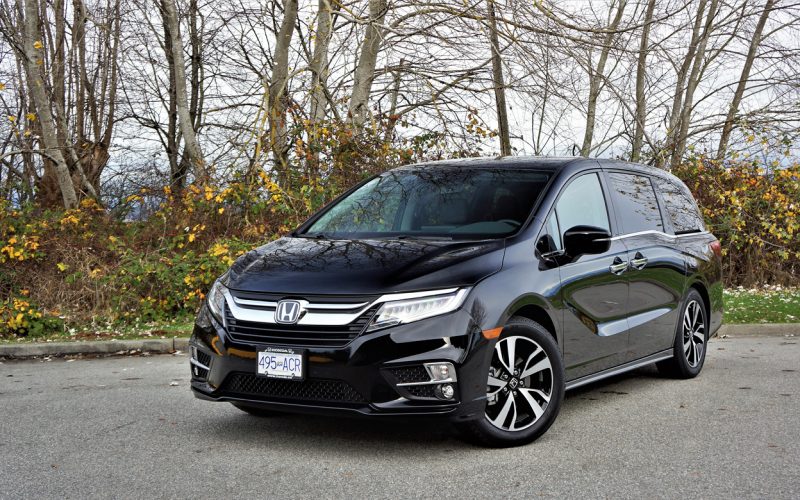
Reading Time: 15 minutesThe minivan is a strange beast. After the segment’s first foray into the market during the
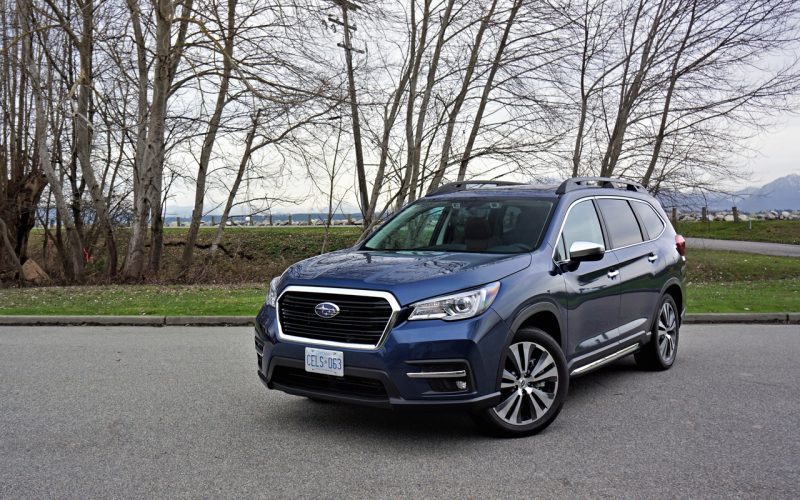
Reading Time: 9 minutesWe’ve got something mega in our garage this week, or at least the all-new 2019 Ascent
© 2025 The Car Magazine. All Rights Reserved, Privacy Policy | Terms of Use